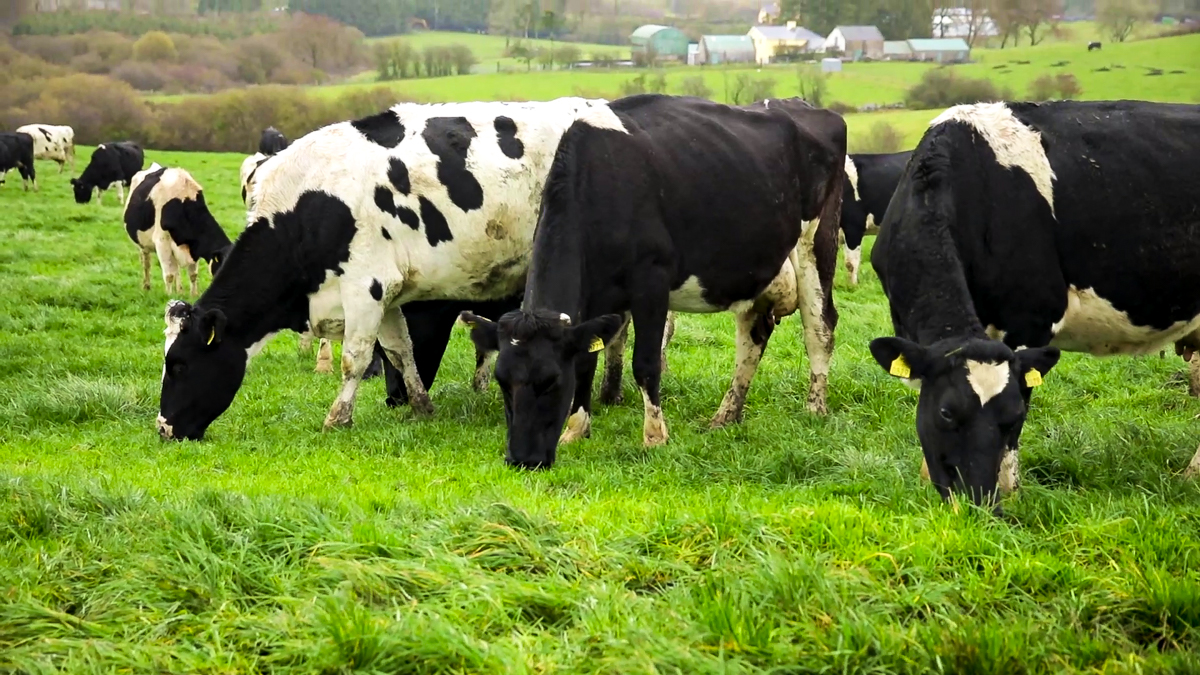Over the last number of months the focus has rightly been on winter diets and concentrate feeding for autumn-calving systems, according to James Dunne, a dairy systems specialist, with Teagasc.
However, James outlined that increasing forage utilised remains the most effective means of improving milk sales from the farm.
When milk supply patterns for different calving patterns are examined – a typical 65:35 spring / autumn split calving system will potentially produce over 80% of its annual milk volume during the grazing season (February to November).
‘Second peak’ effect
Grazed pasture forms a significant part of the annual milking diet for the autumn-calved cow and the importance of good grazing management.
James outlines that the autumn-calving herd in Johnstown Castle have typically averaged >90% of daily milk solids yield, (1.85 to 1.95kg per cow) compared to spring-calving counterparts in the April to July period.
This is sometimes described as a ‘second peak’ effect. In order to profit from this higher margin milk, it is important that grazing is managed correctly throughout the spring to ensure maximum grass quality.
Winter milk herds therefore require a spring-grazing plan that ultimately will increase grazing days and pasture quality, is flexible to implement, and is tailored to the particular demands of the farm.
The objective is to graze the entire area available in an extended first rotation from early-mid February to early-mid April.
This helps to ensure the farm has adequate grass recovery for the second rotation, improves sward quality and reduces daily feed cost.
Spring-grazing management advice
- Follow your spring rotation plan, at least one-third of the area should be grazed by end of February (or seven to 10 days later on heavier soils) and two-third area by mid-March (or seven to 10 days later on heavier soils);
- The minimum allowance per grazing in early spring should be 5-6kg DM per cow. This can be achieved in three to four hours grazing after morning milking;
- Graze some lighter covers (<800kg DM per ha) at first turnout to settle cows into grazing correctly;
- Graze tightly to 3.5-4.0cm residuals to ensure excellent quality regrowth;
- As grass allowance increases, add a second grazing bout after pm milking;
- Concentrate allocation can be held steady until grass allocation is >10kg DM per day. This stabilises intake and milk yield;
- Daily silage allocation should be gradually reduced to balance increasing grass allowances – aim to have silage finished before morning milking to encourage grazing post-milking;
- Maintain average farm cover at 500-550kg DM per by end of first rotation. Having a simple spring feed budget helps to monitor progress and allow adjustments to be made.
